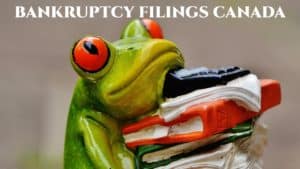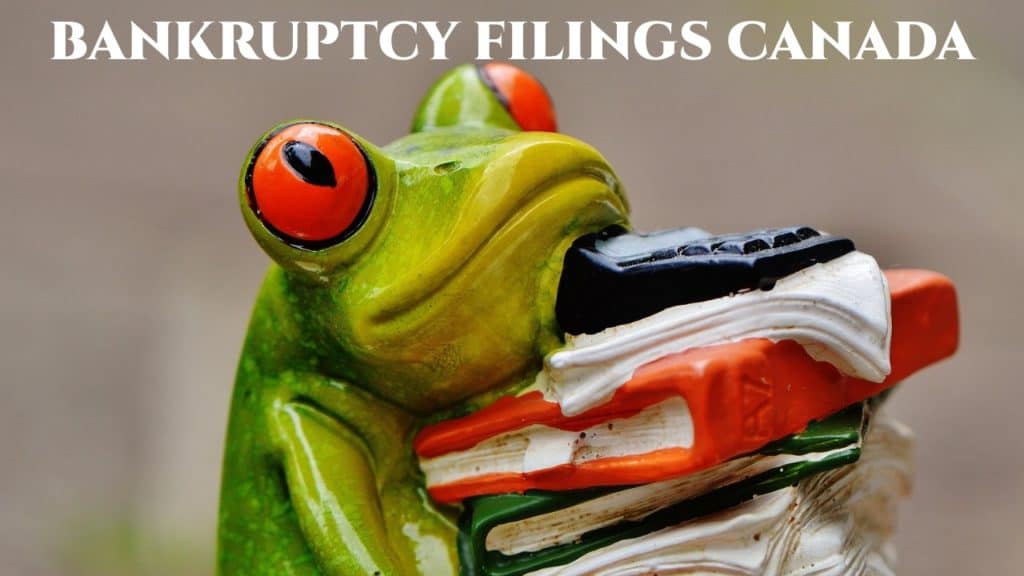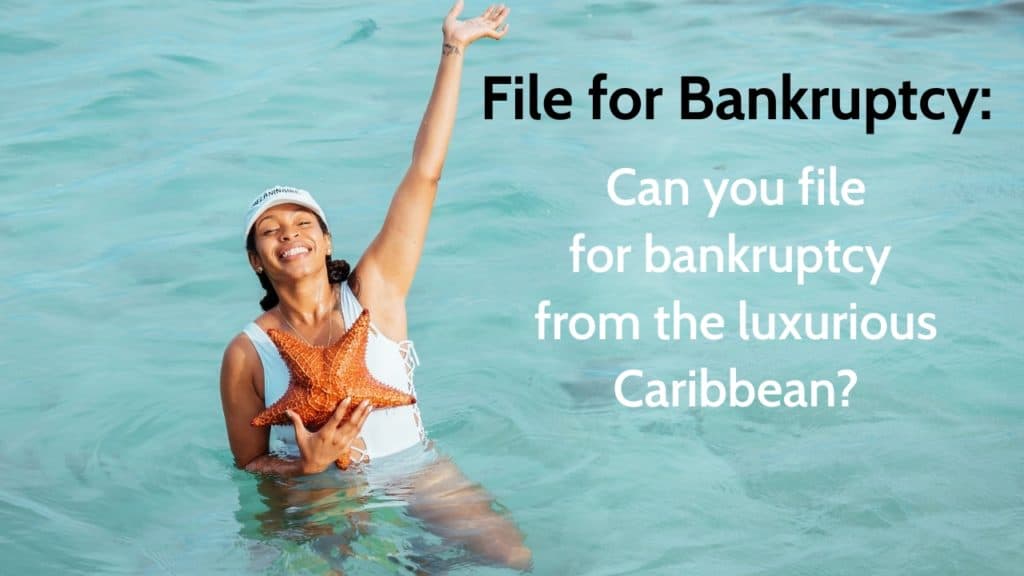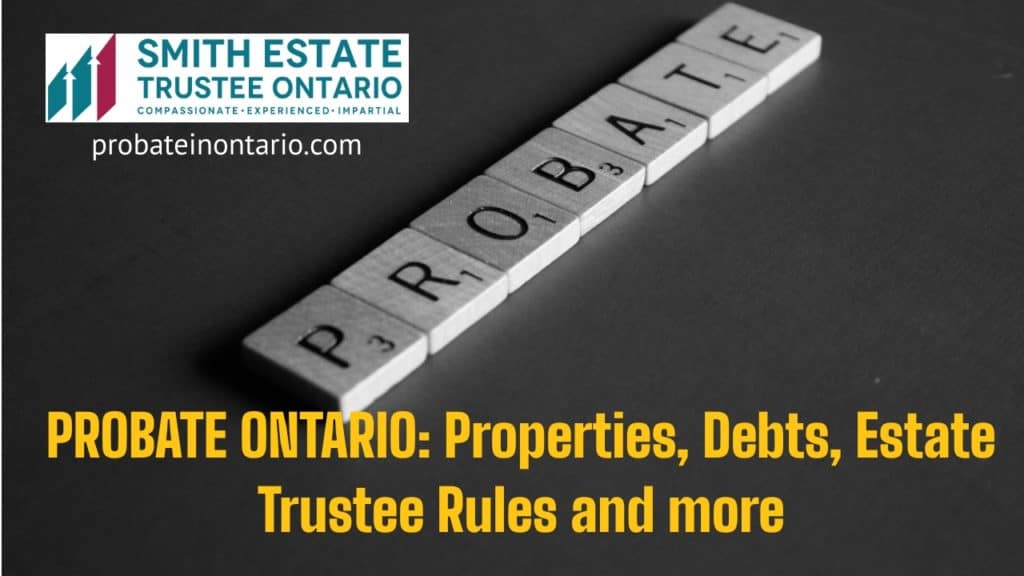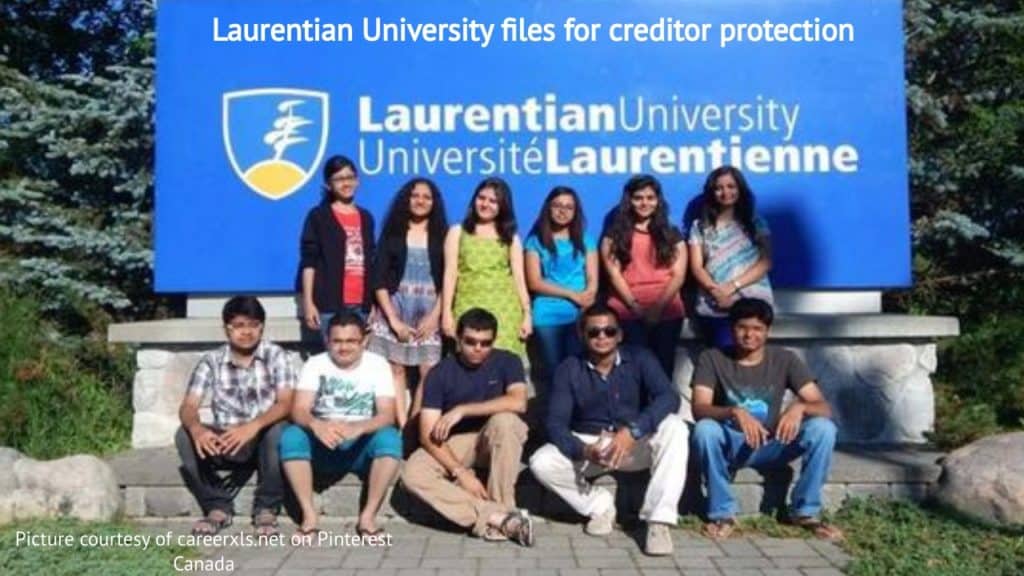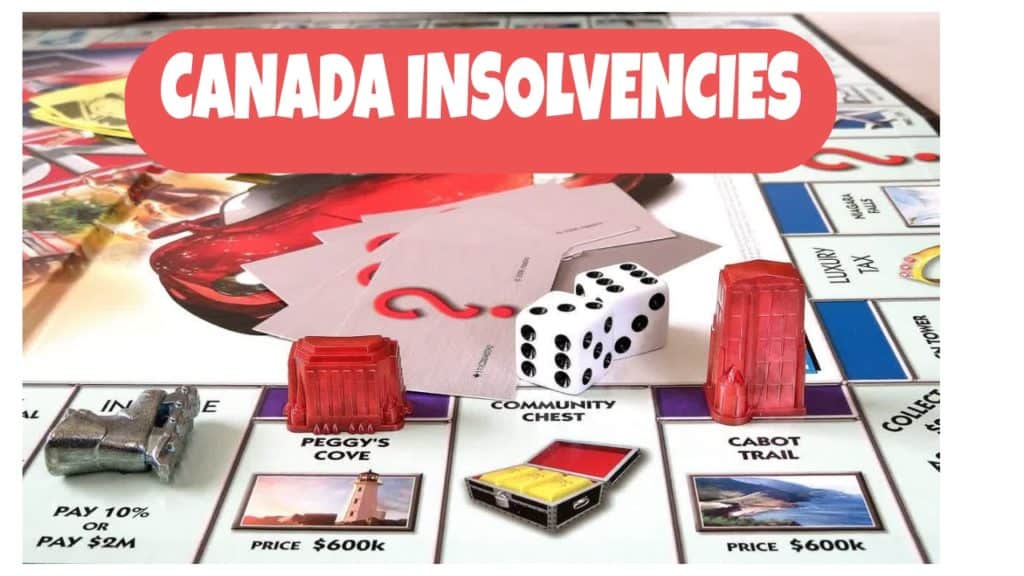
We hope that you and your family are safe, healthy and secure during this coronavirus pandemic.
Ira Smith Trustee & Receiver Inc. is absolutely operational and Ira, in addition to Brandon Smith, is readily available for a telephone consultation or video meeting.
If you would prefer to listen to the audio version of this debt collections Brandon Blog, please scroll to the very bottom and click play on the podcast.
Expect debt collections activity to pick up as economy reopens: experts
On March 2, 2021, The Canadian Press published an article by Salmaan Farooqui titled Expect debt collections activity to pick up as economy reopens: experts. The crux of the article is that credit specialists state Canadian consumers who owe money must prepare for debt collection agencies to increase their activities as the Canadian economy reopens.
During 2020, lenders and by extension, their collections agencies, had eased up on debt collections from Canadian households and companies. The reason for this drop in demands being made on outstanding debt was the COVID-19 pandemic. Lenders knew that all Canadians were hurting and there were even some loan deferral programs put into place.
But these credit experts are now seeing signs of debt collections picking up. Statistics Canada reported that the Canadian economy started to bounce back in January 2021. No doubt this pickup in the economic activity is making creditors consider if now is a good time to start taking action to try to collect on credit card and other delinquent debt.
As the article indicates, there is a fair bit of pent-up demand now for collection agency services. So if you are one of those expecting calls from debt collection agencies, here are some tips that they do not want you to know.
Debt collections: What is a debt collection agency?
The best answer is found in the question itself: A debt collection agency is an organization that collects debts. Now, ask yourself the follow-up question: What is a debt? It’s money that you owe to another person, company or organization.
In essence, debt collection agencies are hired by businesses and individuals to collect money that is owed to them. The agencies work for the creditors and not for consumers.
In Ontario, collections agencies or debt collectors are people or companies who:
- obtains or arranges for settlement of debts owing to a person or company;
- sells forms or letters claiming to be a debt collections system;
- offers debt settlement services; or
- buys up from lenders different types of debt that are in arrears and tries to collect on the debts.
Ontario debt collectors need to pass the eligibility requirements to register and operate a collection agency.
Debt collections: What debt collectors do
When a person or company is unable to pay what is owed, they are said to be in debt. When a creditor cannot collect the debt, the creditor may contact a debt collection agency for assistance.
A debt collector contacts the individual or business that owes the money and attempts to collect debts owed to the debt collector’s client. Debt collectors earn a commission of around 25% of the money collected. They are not allowed to harass or threaten people to get money.
In Canada, the law on debt collections and debt collectors is set by the individual provincial governments. In Ontario, the Collection and Debt Settlement Services Act, R.S.O. 1990, c. C.14 sets out all the requirements that collections agencies and each collection agent must abide by.

How Reputable Collectors Operate
We have all heard horror stories about collectors. Reputable collectors use their reputations to help recover funds. For example, if you are a lawyer specializing in debt collections, you use your reputation to persuade clients that you will recover the funds owed to them. If you are a supplier, you can use your reputation to persuade a debtor to pay. If you can prove your reputation, you have a better chance of collecting the monies owed to you.
Let’s say you’re a collector, and you’ve been retained to collect on a debt. The debtor has previously agreed to repay the debt but has not yet done so. What do you do next? Reputable debt collectors will first send a demand letter that also acts as a debt validation letter.
In the letter, they confirm the debt and give a certain period of time for the debtor to pay. If the debtor does not then contact the collector to try to enter into a debt settlement plan, then the collector starts calling the debtor to collect on the debt. But there’s a chance that these activities will not be enough to get the debtor to pay. In fact, the debtor might even become hostile. In that case, a lawsuit may be their next step.
What to Expect When You Have Debt in Collections
Canadian debt collectors are regulated by the province they operate in. They keep creditors from giving up on their credit delinquencies. In most cases, debt that gets to the debt collections stage is in the hands of a debt collector within a few months of the date the debt went into default. Debt collectors have the power to negotiate settlements for delinquent debt. Their success rate in collecting on debt is better than that of a creditor. The debt collector will make one or more attempts to collect on the debt, usually first by mail and then by phone.
If you have received a letter from a debt collector, or you are being sued for any outstanding debts, you are at a turning point in your financial life. You may have already begun to feel overwhelmed and don’t know where to turn. If you have been sued, the court may have already ordered you to pay. This can feel overwhelming, but there are options for you to consider.
With a debt in default, credit scores suffer. Debt collectors will report any unpaid debt to the credit bureaus, regardless of whether or not the debt is legitimate. It will negatively affect your credit score.
This is because the credit bureaus consider unpaid debt collections to be a negative financial obligation or credit risk. If you have a debt in default, you are probably worried about your credit score.
Debt collections: What Can a Collection Agency Do To Me in Canada?
A collection agency can demand payment for an outstanding debt. When the debt is handed over to a collection agency to try to recover the debt, that places a bad mark on your credit report. With you being in debt collections, you will have to pay some money if you want to settle the debt. The payment will depend on the situation, and there is a lot to consider when making a decision.
For example, you will need to consider how much money you owe and how much the collection agency will require you to pay. When you have outstanding debt, it is important that you make sure you either pay it in full if you can afford to, work out a payment plan to pay the full amount over time or, see if you can settle with the collection agency for a reduced amount you can afford to pay immediately. This will avoid the potential for the collection agency to turn the account over to a lawyer and take legal action against you.

Debt Collections: Can a Collection Agency Charge Interest in Canada?
The rate of interest that some debt collection agencies charge their customers is quite high. The reason is that the type of debt they are collecting, such as credit card debt, originally charged a high rate of interest on late or defaulted payments, or on the outstanding balance if you only made minimum payments.
A lot of Canadians do not know that a debt collection agency in Canada can charge interest on the outstanding financial obligation. A collection agency may be able to charge interest on the debts they are collecting. Nevertheless, this can be no greater than what was originally described in the agreement between the lender and customer.
So, while they can bill you interest just like a lender can, they cannot control how much the interest is and cannot tack on any extra charges, such as for their collection service.
Debt Collections: What Should You Do If You Are Being Pestered By a Collection Agency?
So, what should you do if they won’t leave you alone? Well, the most effective answer is to, certainly, answer them and agree to pay your financial obligations. This can be done by paying completely, setting up a payment plan, or reaching an agreement to pay a lesser amount immediately.
Each option will have its pros and cons, and its success relies upon your financial scenario as well as preferences. Typically speaking, it is best to pay the financial debt completely. However, I recognize that can be challenging, specifically if the amount of debt you owe is quite considerable. Any way that you are able to get this debt off of your credit report as well as off of your back is a good thing. Any one of the techniques I mentioned is much better than just allowing the financial debt to age and worsen.
The debt collection agencies will be calling
Information from Equifax Canada reveals that just 24 percent of debt-ridden Canadians who accessed deferral programs beginning in 2020 were able to utilize the breathing space to improve their credit situation.
So what we discussed so far is:
- The Canadian economy seems to be starting its recovery and should show economic growth in 2021. For sure there are still people feeling pain in different sectors of the economy and we are not finished with the shutdown conditions in Toronto and elsewhere in Ontario.
- How the debt collections business works in Ontario.
- There are many Canadians who are debt-ridden.
- If everyone in Canada pulled their credit report only 24% of the reports would show an improvement since the COVID-19 pandemic began.
- The news according to the experts is that there will be growth in the debt collections industry. These businesses are going to return to make their phone calls to consumers trying to collect on old unpaid debts. They may even start legal action against some borrowers.
So what is next as the economy and consumer confidence pick up is that debt collections activities will pick up again too. What can the remaining 76% of Canadians who could not improve their situation since the COVID-19 virus hit do when the bill collectors call? There are various options for them, and the 24% that wish to still make improvements to their credit reports and credit scores. Here are some suggestions.

6 fantastic reasons to create and follow a household budget to track your household spending
As you know, I have written many blogs on the benefits of preparing, monitoring and following a budget for your household spending. The advantages of doing so include:
Here are 6 fantastic reasons you should have a household budget plan:
- A spending plan offers you control over your cash: A budget plan is a list of all sources of your monthly income and all your expenses that you need to make those monthly payments on. It enables you to plan how you will use your cash. As opposed to money just flying out of your wallet, you make willful decisions on where you desire your cash to go. You’ll never have to wonder at the end of the month where your cash went.
- A family budget keeps you concentrated on your financial objectives: Budgeting will permit you to fulfill your economic objectives – paying down debt should be the primary objective so that you don’t get nasty calls from the debt collectors. Then you can allocate savings for other purposes such as an emergency fund, a vacation, money for a retirement savings plan and purchasing a home. With a budget, you’ll recognize specifically what you can afford and you can choose where your cash is spent. For example, if your immediate objective is to save for that down payment on a condo or house, then you might need to abandon that vacation you intended to take. Your budget plan will inform you precisely what you can or can’t afford.
- A household budget will make certain that you don’t spend what you don’t have: Credit cards provide such ease of use but that is also what makes them really easy to up your spending since it does not feel like there is any real money traded in the deal. Canadians can rack up serious charge card bills and land up deep in the red before they realize what’s happened. When you create and adhere to your budget plan you have to count every little amount you spend, even if it’s a credit card purchase. You will not wake up deep in the red, wondering just how you arrived at that place.
- A spending plan will prepare you for the unanticipated: Every budget plan should have a rainy day fund for those unforeseen expenses. It’s suggested that you must budget for 3 months worth of costs for when there may be an unexpected layoff or various other unplanned major expenditures. Do not be alarmed; you don’t have to create that 3-month cash fund immediately. Grow your fund up gradually. If you haven’t started one yet, then even a small amount each month set aside is an improvement.
- A family budget minimizes stress: Many Canadians panic on a monthly basis about where the money will come from to pay their expenses. A budget will offer you peace of mind. It shows you just how much you earn and also what your expenses are. If need be you can decrease unneeded expenses or try to get added work to live within a balanced budget plan. Say goodbye to panic at the end of the month.
- A budget plan can help you get the retired life you’ve been dreaming of: Saving for your retirement is very crucial and your spending plan can help you save for your future. Set aside part of your revenue on a monthly basis for retirement savings. Begin early and also constantly stay with it. The money you save now will certainly determine the kind of retired life you can anticipate.
When budgeting alone is not enough and you need some debt settlement
In many previous Brandon Blogs, I have described the important role of the community-based non-profit credit counselling organization. I am not talking about for-profit debt counselling services that have inviting advertising and jingles. Those kinds of organizations you must stay away from. In fact, one is defending a class-action lawsuit in British Columbia. If the class-action lawsuit is successful, it and companies just like it will be put out of business.
These companies suck fees out of the debtor until they cannot pay anymore. Then they walk you down to their favourite licensed insolvency trustee to file a consumer proposal. Consumer proposals are the only federal government-approved debt settlement plan. Only a licensed insolvency trustee can administer consumer proposals.
You could have saved the fees that you really couldn’t afford to pay in the first place, just by going for a no-cost consultation first with the licensed insolvency trustee.
What I am talking about is the true non-profit debt counselling agency. They do not charge you fees. They can review your budget to make sure that it is realistic and give you additional help. They can also try to strike a deal with your creditors for you to either pay the full balance out over time without additional interest or penalties or, a reduced payout now.
Can you raise money on a payment plan that you can afford the monthly payments?
Should you consolidate your unsecured debts? Consolidation is the combining of unsecured debts into one low monthly payment with one creditor. These loans typically carry a lower interest rate than the original credit cards or other unsecured debts. You have to make sure that the terms of the consolidation loan are as good as or better than their current credit card terms.
When it comes to getting a consolidation loan, there are a few things you should know. First, a consolidation loan is a loan that you take out to pay off multiple other loans. Second, you may already have a consolidation loan if you have a home equity loan or a home equity line of credit. If you have an unsecured loan, you can consolidate it into a secured loan, where the creditor can take your home if you don’t pay back the loan.
Turning an unsecured loan into a secured loan is not something you should do if you are already contemplating filing a consumer proposal or an assignment in bankruptcy. However, working with your financial advisor, accountant or non-profit credit counselling services agency, you may find that the risk is worth it. That would be because your budget shows that you can afford the lower monthly payment repayment plan if you get the debt consolidation loan. It is also good if it actually helps you avoid an insolvency filing.

Aggressive debt collections techniques may force some into an insolvency filing
This would be the last step if any of the above options do not work for some of the 76% of Canadians with high debt levels who have not been able to improve their debt situation since the onset of COVID-19 cases. The purpose of this Brandon Blog is not to go into detail on the consumer proposal or bankruptcy processes. I have written many detailed blogs before on each of these insolvency processes. You can find them by using the search function at the top of this blog.
These two would be a great place for you to start:
- Consumer Proposal FAQ: Answers To 10 Tantalizing Consumer Proposal Questions
- Declaring Bankruptcy In Canada: Never Worry What To Do Again With These Awesome Tips
Debt collections summary
Everyone is hoping that the negative effects of the coronavirus pandemic will soon be in our rearview mirror and Canada will experience continued growth. The article referred to at the beginning of this blog says that the experts feel that soon credit collectors will be increasingly active. You will start receiving those harassing phone calls again. They will be taking action from debt against you, which could even include legal action against you.
If you are concerned because you or your business are dealing with substantial debt challenges and you assume bankruptcy is your only option, call me. It is not your fault that you remain in this way. You have actually been only shown the old ways to try to deal with financial issues. These old ways do not work anymore.
The Ira Smith Team utilizes new modern-day ways to get you out of your debt difficulties while avoiding bankruptcy. We can get you the relief you need and so deserve.
The tension put upon you is big. We know your discomfort factors. We will check out your entire situation and design a new approach that is as unique as you and your problems; financial and emotional. We will take the weight off of your shoulders and blow away the dark cloud hanging over you. We will design a debt settlement strategy for you. We know that we can help you now.
We understand that people and businesses facing financial issues need a realistic lifeline. There is no “one solution fits all” method with theIra Smith Team. Not everyone has to file bankruptcy in Canada. The majority of our clients never do. We help many people and companies stay clear of bankruptcy.
That is why we can establish a new restructuring procedure for paying down debt that will be built just for you. It will be as one-of-a-kind as the economic issues and discomfort you are encountering. If any one of these seems familiar to you and you are serious about getting the solution you need, contact the Ira Smith Trustee & Receiver Inc. group today.
Call us now for a no-cost consultation.
We will get you or your business back up driving to healthy and balanced trouble-free operations and get rid of the discomfort factors in your life, Starting Over, Starting Now.
We hope that you and your family are safe, healthy and secure during this coronavirus pandemic.
Ira Smith Trustee & Receiver Inc. is absolutely operational and Ira, in addition to Brandon Smith, is readily available for a telephone consultation or video meeting.

